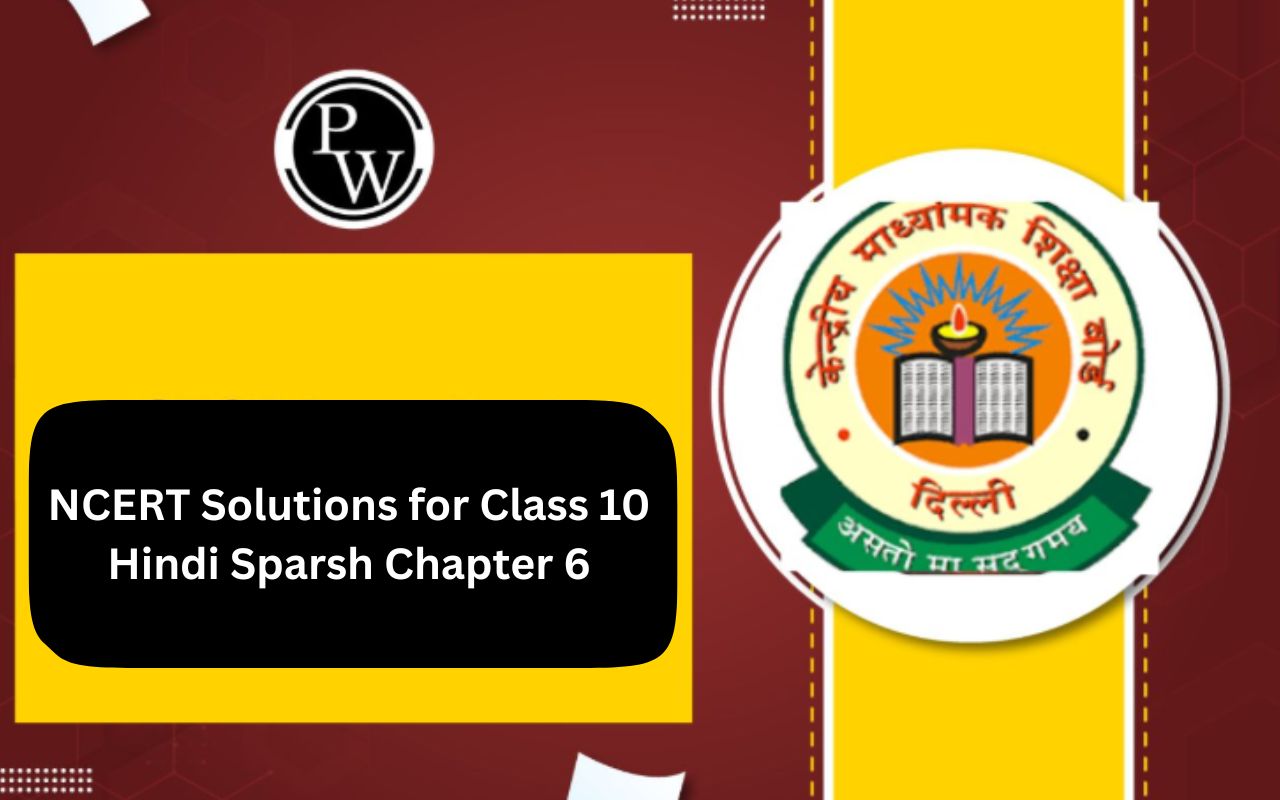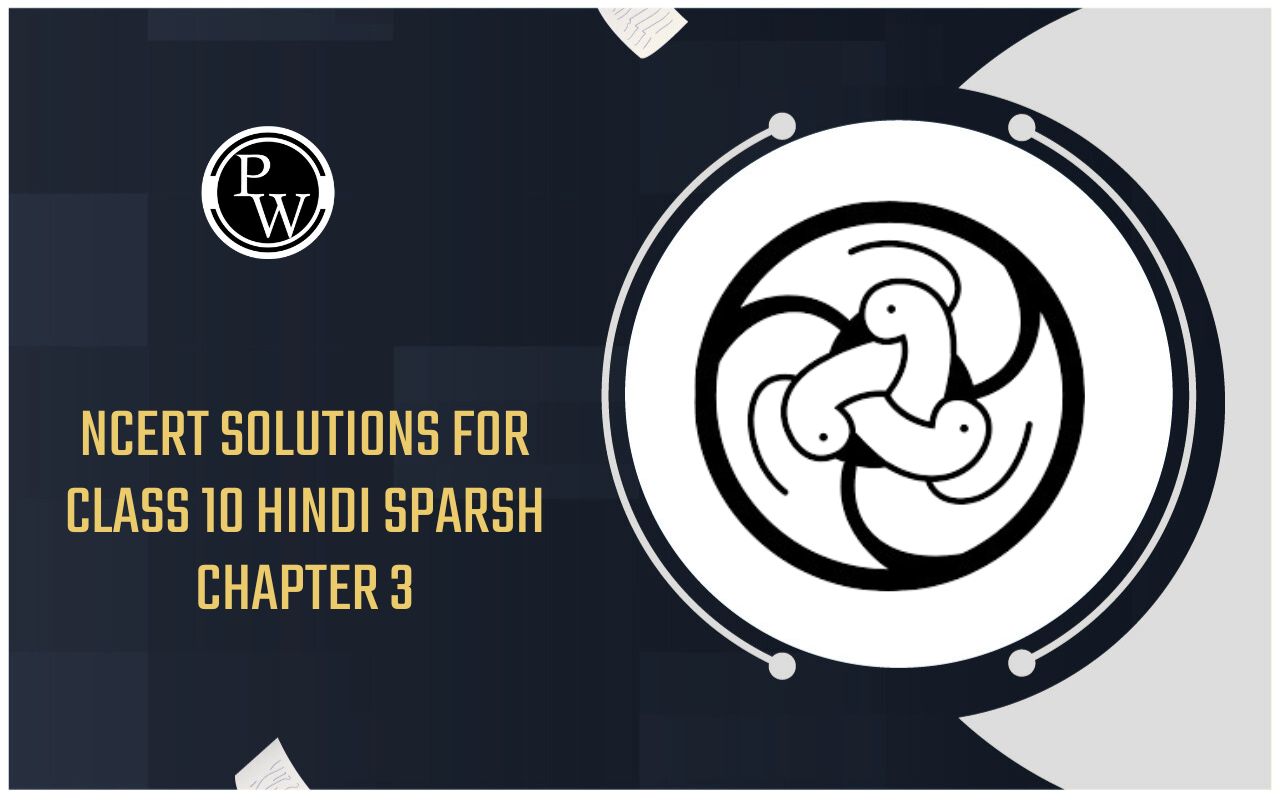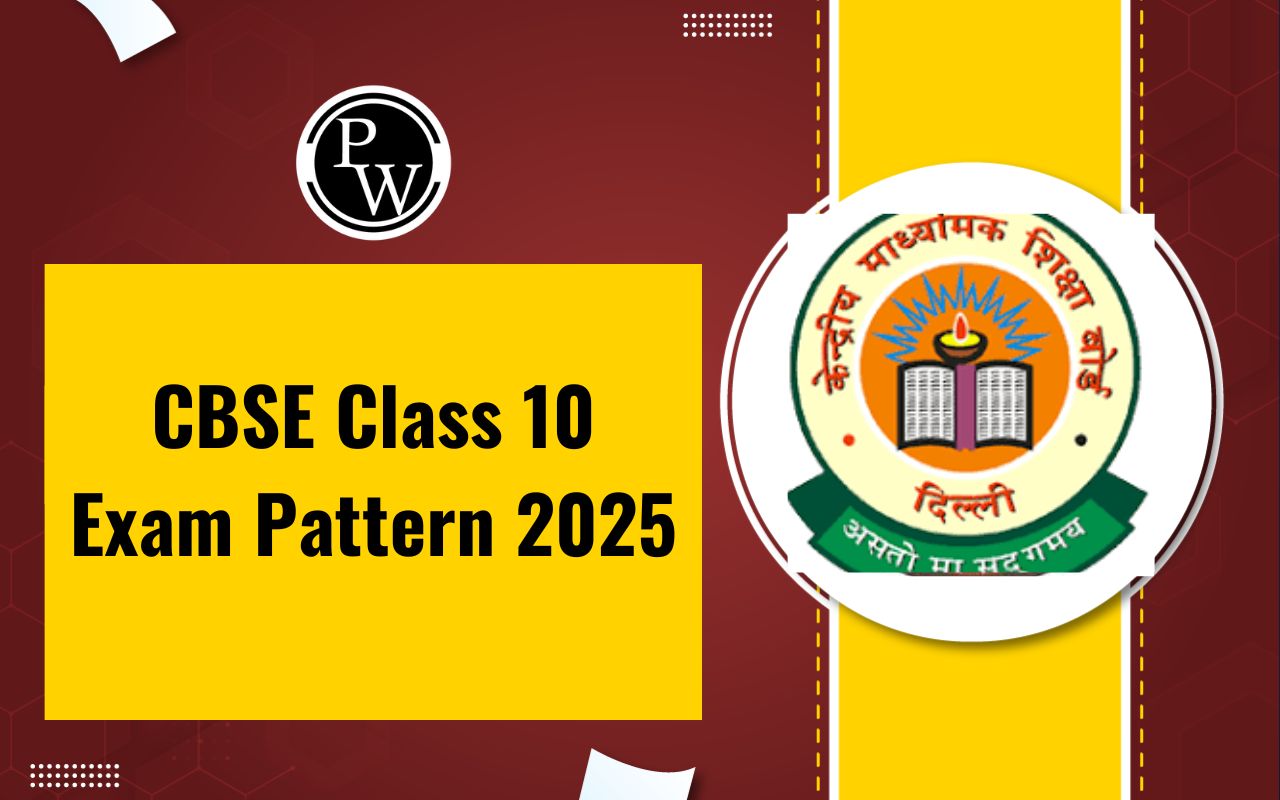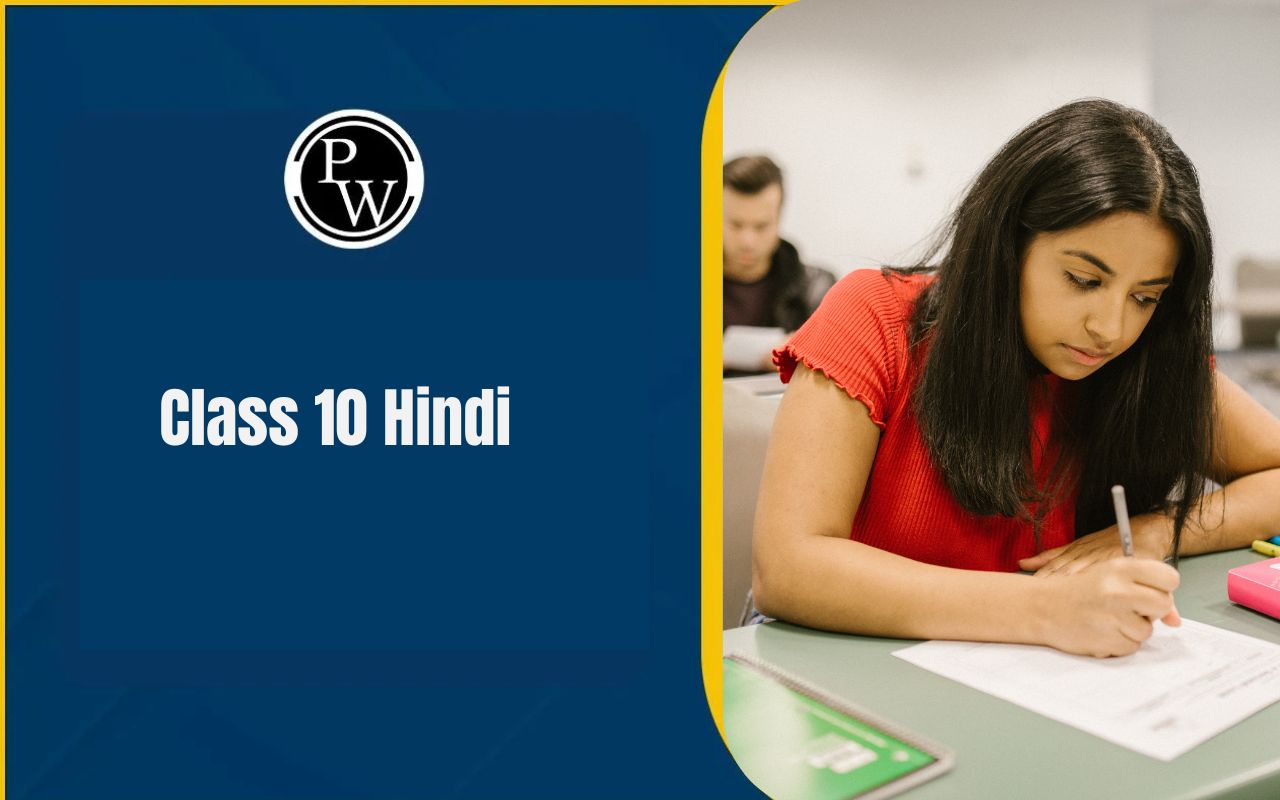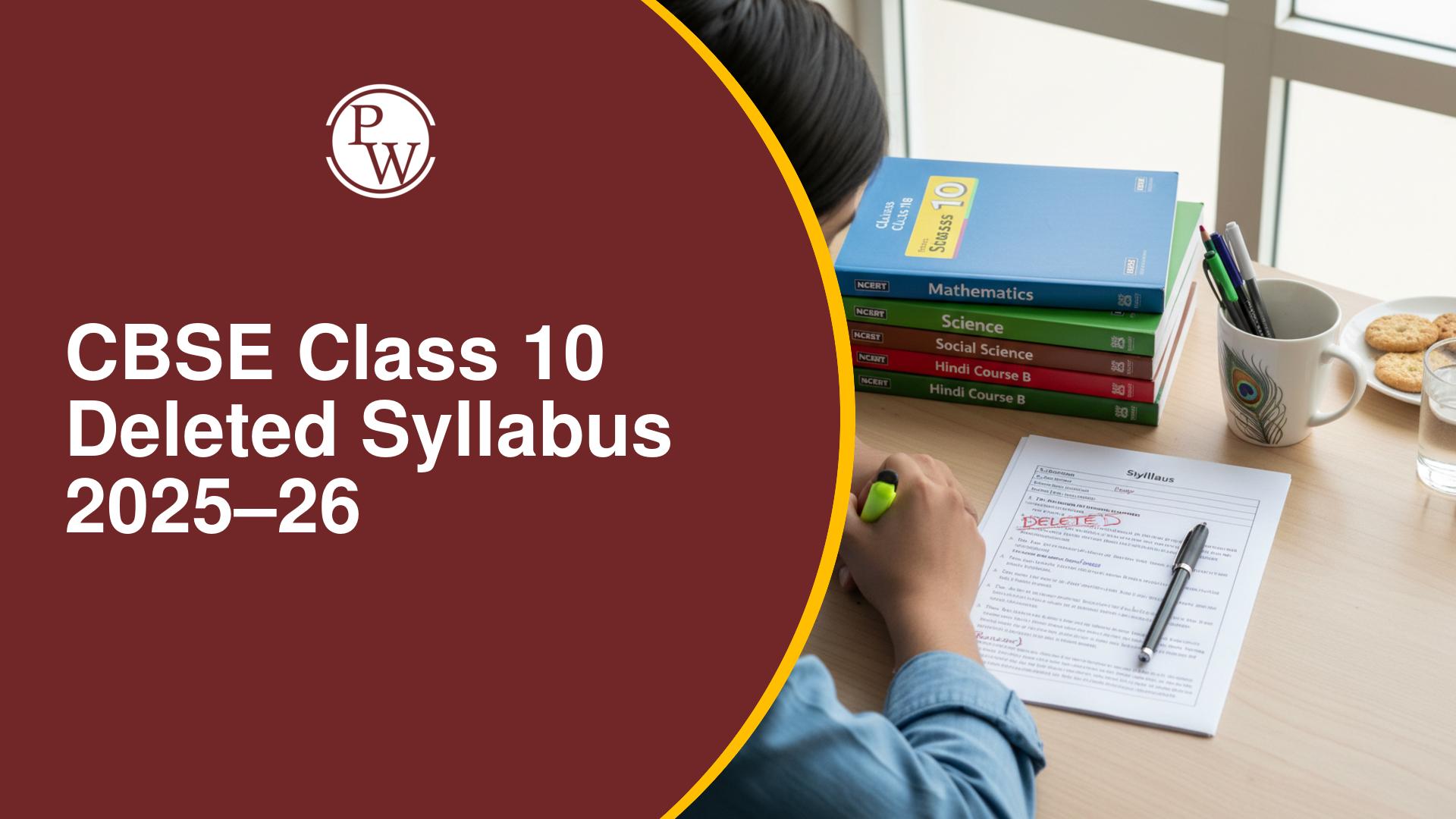
NCERT Solutions for Class 10 Social Science Civics Chapter 3: NCERT Solutions for Class 10 Social Science Civics Chapter 3 provides a detailed understanding of the concepts covered in the chapter.
This chapter, titled "Democracy and Diversity," talks about the diverse nature of Indian society and how democracy accommodates and respects this diversity. From discussing the challenges of unity amidst diversity to exploring the importance of equality and freedom in a democratic setup, the solutions provide detailed explanations and insights. Students can utilize these solutions to enhance their comprehension of the subject matter and prepare effectively for examinations.Class 10 Social Science Civics Chapter 3 Democracy and Diversity Summary
Democracy and Diversity" is a chapter in the NCERT Social Science Civics textbook, "Democratic Politics-II," which takls about the intricate dynamics of social divisions within democratic societies. The chapter discusses how these social divisions can either be exacerbated or alleviated by the state and the public, highlighting the role of politics in shaping societal cohesion or discord. Key topics covered include a narrative from the Mexico Olympics, discussions on differences, similarities, and divisions among social groups, the origins of social differences, overlapping and cross-cutting differences, the politics surrounding social divisions, the range of outcomes, and the three determinants shaping social dynamics. Through these discussions, students gain insights into the complexities of diversity within democratic frameworks and the challenges and opportunities it presents for social cohesion and progress.CBSE Class 10 Syllabus 2024-25
NCERT Solutions for Class 10 Social Science Civics Chapter 3 PDF
You can access the PDF for NCERT Solutions for Class 10 Social Science Civics Chapter 3: "Democracy and Diversity" by clicking the link provided below. Students can improve their understanding of the ideas of Democracy and Diversity by using this PDF, which includes thorough answers to all of the chapter’s questions and exercises.NCERT Solutions for Class 10 Social Science Civics Chapter 3 PDF
NCERT Solutions for Class 10 Social Science Civics Chapter 3 Democracy and Diversity
The solutions for Chapter 3 of the Class 10 Social Science Civics textbook, titled "Democracy and Diversity," are available below. This chapter helps students understand how different social groups exist within democratic societies. It discusses how people identify themselves based on various factors like language, ethnicity, race, color, appearance, class, caste, gender, and tribe. These solutions explain how these social divisions can affect democracy and the role of the state and public in managing them. They provide clear explanations to help students grasp the complex relationship between democracy and diversity.Exercises Page No. 37
1. Discuss three factors that determine the outcomes of politics of social divisions.
Answer.
2. When does a social difference become a social division?
Answer.
Social division occurs when certain social differences overlap with others. This happens when one type of social difference becomes more significant than others, leading people to feel that they belong to different communities. These differences that transform into social divisions are termed overlapping differences.3. How do social divisions affect politics? Give two examples.
Answer.
4.________________ social differences create possibilities of deep social divisions and tensions. ___________________ social differences do not usually lead to conflicts.
Answer.
Overlapping social differences create possibilities of deep social divisions and tensions. Cross-cutting social differences do not usually lead to conflicts.
5. In dealing with social divisions which one of the following statements is NOT correct about democracy?
- Due to political competition in a democracy, social divisions get reflected in politics.
- In a democracy, it is possible for communities to voice their grievances in a peaceful manner.
- Democracy is the best way to accommodate social diversity.
- Democracy always leads to the disintegration of society on the basis of social divisions.
Answer.
d. Democracy always leads to the disintegration of society on the basis of social divisions.6. Consider the following three statements.
- Social divisions take place when social differences overlap.
- It is possible that a person can have multiple identities.
- Social divisions exist in only big countries like India.
Which of the statements is/are correct?
- A, B and C
- A and B
- B and C
- Only C
Answer.
(b) A and B
7. Arrange the following statements in a logical sequence and select the right answers by using the code given below.
- But all political expression of social divisions need not be always dangerous.
- Social divisions of one kind or the other exist in most countries.
- Parties try to win political support by appealing to social divisions.
- Some social differences may result in social divisions.
a) D, B, C, A
b) D, B, A, C
c) D, A, C, B
d) A, B, C, D
Answer.
(a) D, B, C, A
8.Among the following, which country suffered disintegration due to political fights on the basis of religious and ethnic identities?
- Belgium
- India
- Yugoslavia
- Netherlands
Answer.
(c) Yugoslavia9. Read the following passage from a famous speech by Martin Luther King Jr. in 1963. Which social division is he talking about? What are his aspirations and anxieties? Do you see a relationship between this speech and the incident in Mexico Olympics mentioned in this chapter?
“I have a dream that my four little children will one day live in a nation where they will not be judged by the colour of their skin but by the content of their character. Let freedom ring. And when this happens, and when we allow freedom ring—when we let it ring from every village and every hamlet, from every state and every city, we will be able to speed up that day when all of God’s children—black men and white men, Jews and Gentiles, Protestants and Catholics—will be able to join hands and sing in the words of the old Negro spiritual: ‘Free at last! Free at last! Thank God Almighty, we are free at last!’ I have a dream that one day this nation will rise up and live out the true meaning of its creed: ‘We hold these truths to be self-evident: that all men are created equal’.”
Answer.
Martin Luther King Jr. is referring to segregating policies used by whites against coloured people. He mentioned that it is the reason for the social division between the two communities. His aspiration was for people to move towards a secure society where different communities could live together peacefully. He hoped for a non-racial society where racial abuse doesn’t exist. He wanted the communities to respect each other and not discriminate against each other on the basis of their colour. Yes, there is a relationship between his speech and the incident at the Mexico Olympics, as both reflect a stand against the plight of the African-American people.|
NCERT Solutions for Class 10 Social Science Political Science |
| Chapter 1 : Power-sharing |
| Chapter 2 : Federalism |
| Chapter 3 : Democracy and Diversity |
| Chapter 4 : Gender, religion, and caste |
| Chapter 5 : Popular Struggles and movements |
| Chapter 6 : Political parties |
| Chapter 7: Outcomes of democracy |
| Chapter 8: Challenges to democracy |
NCERT Solutions for Class 10 Social Science Civics Chapter 3 FAQs
What topics are covered in NCERT Solutions for Class 10 Social Science Civics Chapter 3: Democracy and Diversity?
What are the three determinants of the outcomes of the politics of social divisions discussed in NCERT Solutions for Class 10 Social Science Civics Chapter 3?
How does democracy contribute to diversity according to NCERT Solutions for Class 10 Social Science Civics Chapter 3?

